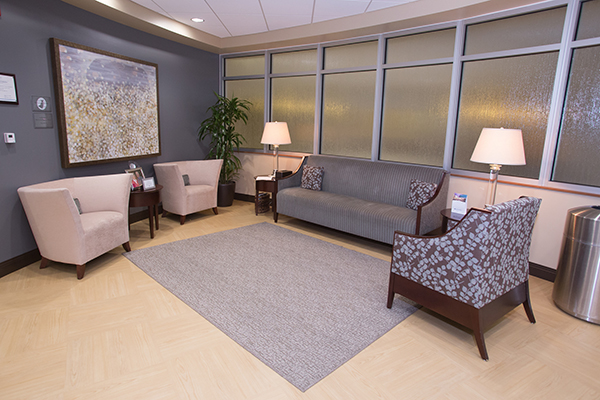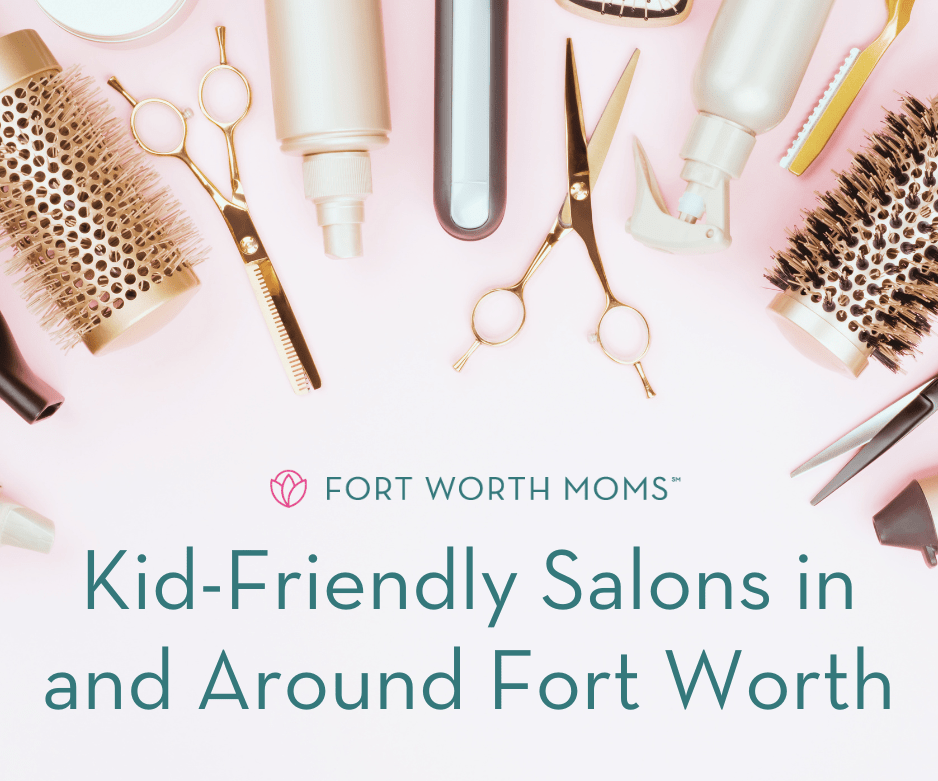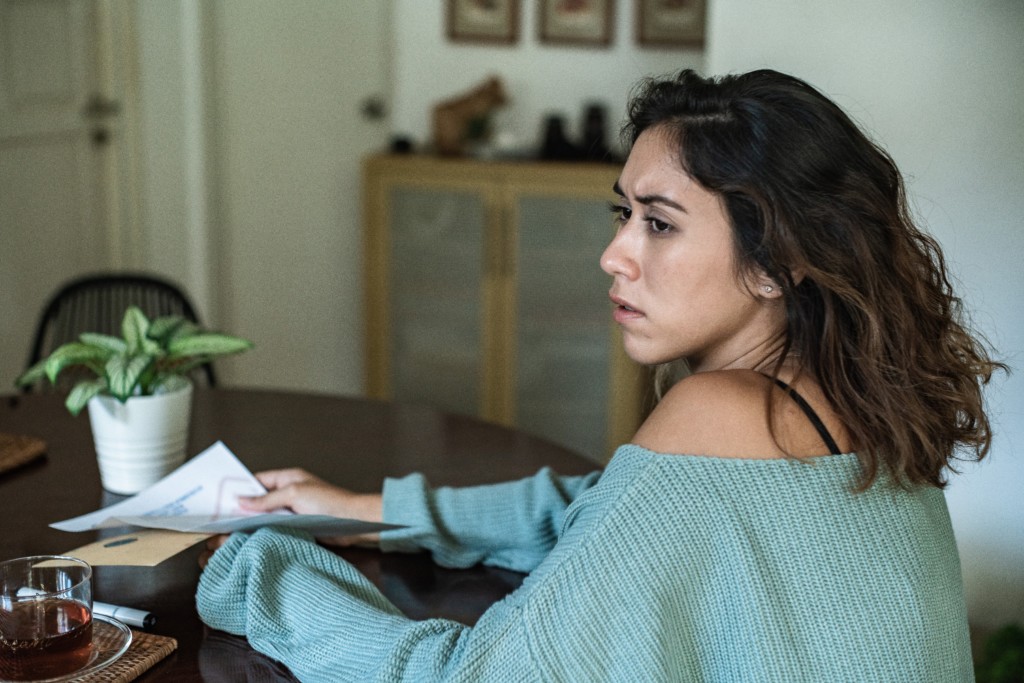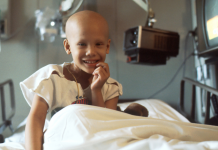Disclaimer :: This post was was sponsored and written by Baylor Scott and White Fort Worth to bring breast cancer awareness to Fort Worth Moms readers.
I think about breast cancer every day. Not as a patient battling breast cancer but as a surgeon who specializes in breast cancer.
 Cancer is a type of disease that causes a normal cell in the body to change and grow uncontrollably. Breast cancer occurs when these changes happen to a breast cell. Although the precise cause of breast cancer is unclear, we do know what the risk factors are. Some of these things you can control and some you can’t.
Cancer is a type of disease that causes a normal cell in the body to change and grow uncontrollably. Breast cancer occurs when these changes happen to a breast cell. Although the precise cause of breast cancer is unclear, we do know what the risk factors are. Some of these things you can control and some you can’t.
My primary job is to cure patients of their breast cancer and to work with my oncology colleagues to help keep it away. I also see it as my job to educate women on healthy ways to reduce the risk of breast cancer as well as early detection of breast cancer. If there is anything that I want you to take out of this article, it’s that you should identify the risk factors for breast cancer and control what you can and get mammograms every year starting at the age of 40.
Breast cancer is the most common cancer among women. An estimated 255,130 cases will be diagnosed this year and an estimated 40,610 will die of breast cancer. Although the incidence of breast cancer has stabilized, the death rate has decreased. We have more than 3.5 million breast cancer survivors living today. The cumulative lifetime risk of developing breast cancer is about 12 percent. Your risk is much lower when you are younger and increases as you age with the majority of breast cancers diagnosed over the age 60 (approximately 60 percent).
Uncontrollable risk factors are being female, your age, and genetic predisposition, having a specific type of benign breast mass, increased breast density, radiation exposure, increased estrogen exposure, and family history.
Control Your Controllable Risk Factors
Obesity, diet, alcohol, and smoking are the most common risk factors for breast cancer.
One important way to reduce your risk of developing breast cancer is by making lifestyle changes. Twenty percent of all cancers diagnosed in the U.S. are related to being overweight, inactive, increased alcohol intake, and poor nutrition. Most of the recommended cancer diets emphasize a healthy, well-balanced meal with a focus on plant-based foods. You should include a wide variety of fruits and vegetables. A lifestyle change is more important than crash diets or the latest fad. Continue to make small deliberate changes that are sustainable.
Women, who exercise three to four hours a week, vigorously reduce their risk of developing breast cancer 30-40 percent compared to those that don’t. The American Cancer Society recommends that adults get at least 150 minutes of moderate intensity or 75 minutes of vigorous intensity activity each week (or a combination of these), preferably spread throughout the week
Please don’t smoke or vape! Active smokers have a 30 percent increased risk of developing breast cancer. Lung cancer is still the number one cancer killer in women, and heart disease is the number one cause of death in women overall. Both of these diseases are strongly affected by smoking.
Also, be careful about your alcohol intake. Try to limit your intake, but if you are going to drink, consume no more than one glass a day.
Detect Breast Cancer Early
You should get a mammogram annually starting at the age of 40. Not only does it reduce the risk of dying from breast cancer by 20 percent, but also allows for a greater range of treatment options. Majority of the time, the earlier you find a cancer, the smaller it is, which allows for a greater range of treatment options. It could mean the difference between losing your breast and keeping it.
 There are a lot of opinions out there about the appropriate age to start mammograms, to stop mammograms, and how often to get them. I’m of the opinion that you should start at 40 and get them annually. Forty may seem far off for some of you, but it hit me fast and furious this year! You can be sure I got my mammogram!
There are a lot of opinions out there about the appropriate age to start mammograms, to stop mammograms, and how often to get them. I’m of the opinion that you should start at 40 and get them annually. Forty may seem far off for some of you, but it hit me fast and furious this year! You can be sure I got my mammogram!
Seventy-five percent of women diagnosed with breast cancer have no special identifiable risk factors, so screening only those with known risk factors will miss the vast majority of women who will develop breast cancer. Eighty-seven percent of women diagnosed with breast cancer do not have a single first degree relative with breast cancer. And, only 15 percent of breast cancers are actually thought to be inheritable.
Along with annual mammograms, you should also perform a breast exam on yourself once a month. Get familiar with the look and feel of your breasts and report to your doctor any changes that you see. Your doctor should examine your breasts once a year, but if there is a change in the interim, such as a lump change in your skin or nipple discharge, don’t be afraid to report it.
Hopefully this article has shed a little more light on breast cancer and breast health. If you have any questions, don’t hesitate to ask your doctor. Other reputable resources are the American Cancer Society website, breastcancer.org, as well as the Susan B Komen website.
Learn about Baylor Scott & White All Saints Medical Center’s Andrews Women’s Hospital’s Breast Cancer Awareness Resource Fair here.

Dr. Kent provides her patients with quality care and compassion. Her professional interests include a multidisciplinary approach to breast care and oncoplastic surgical techniques. She graduated from the University of Texas at Austin with a degree in Molecular Biology. She then received her medical degree from the University of Texas Health Science Center at San Antonio. She is a board certified General Surgeon and was a surgical resident at INOVA Fairfax Hospital in Falls Church, Virginia. She then completed a fellowship in breast oncology surgery at the University of Southern California. She has been practicing in Fort Worth for seven years. Dr. Kent enjoys traveling, reading, hiking, scuba diving, figure skating, and spending time with her family. She and her husband, Chris have two boys: Augie (age 5) and Hank (age 4) and a little French bulldog named Darla.













